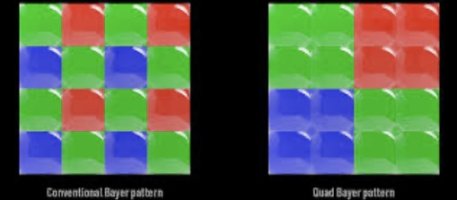roby17269
R5, H5X + IQ1-80, DJI Mini 4 Pro & Mavic 4 Pro
We will see... the RF 50 and 85 1.2 primes are, IMHO, materially and significantly better than their EF predecessors (I had the EF lenses, I have the RF ones).If there's little to no improvement over the existing EF 35mm f/1.4 L II, why would those who already own the EF lens be interested in an RF version? One would expect that the vast majority of potential interest in an RF 35/1.4 or 1.2 would from those who already own an EF 35 L?
The EF 35 L works just as well on RF bodies as it does on EF bodies.
That may be why we haven't seen it yet. The EF 35mm f/1.4 L II is only 8 years old.
So the future RF 35mm L may be worth it. We do not know.
But for me, I do not have a EF 35 L. I had the mkI but did not like it on the R5, so I sold it - I never bought the EF 35 L II while I was shooting with the 1D X since in that timeframe I was "investing" in my HC system. And I am not buying the EF 35 L II at this point since I am not willing to put new money in an obsolete mount... Nor I am buying the RF 35mm 1.8 since I would eventually buy the RF 35 L and the non-L would need to be resold or kept gathering dust.
We will see. I hope that the 35mm, being a "mainstream" focal length, will be prioritized over other lenses, but that just me hoping
Upvote
0



